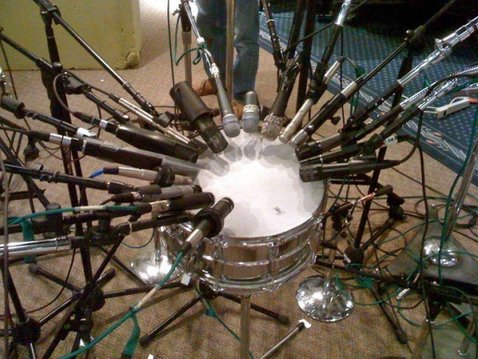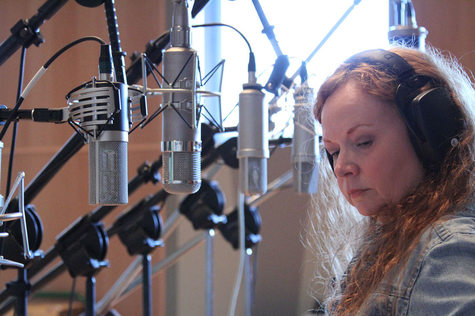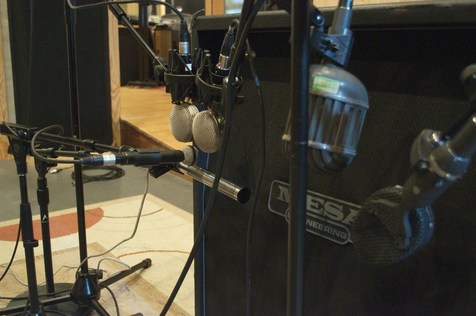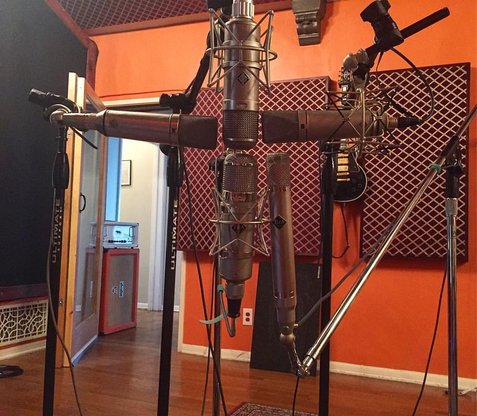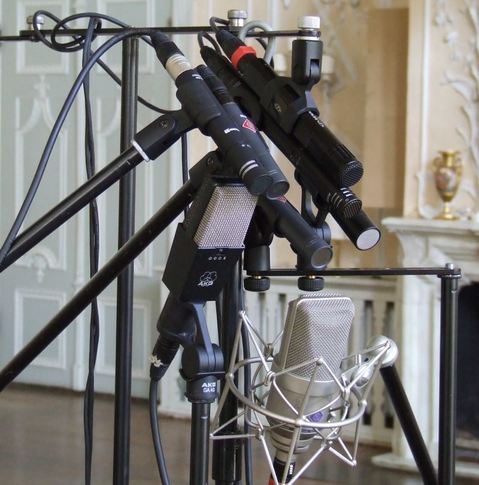|
Watch out, Mr. Ranty Grouchy Pants Strikes Again... REASONS & VARIABLES WHY MICROPHONE |
Do you like vintage recording gear and articles? You should visit our sister site: The Vintage Audio Portal!
**Advertise With Us! We have thousands of visitors a day. Contact us here to learn more.
Archives
August 2021
Categories |
